DJI Mini Mavic Racer
Project Overview
Optimized the DJI Mini Mavic drone for high-speed racing by enhancing aerodynamics and improving control performance. The project focuses on redesigning key components to transform a stable cinematic drone into a competitive racer capable of speeds over 40 mph while maintaining a weight under 250g.
Problem Statement
Modify a commercial DJI Mini Mavic drone to achieve higher speed, improved agility, and optimized control response for racing applications. The challenge includes selecting new motors and propellers, redesigning the chassis, and removing unnecessary components like the camera and GPS to reduce weight and power consumption.
Methodology
- Redesigned aerodynamic surfaces to minimize drag forces, resulting in a reduced drag coefficient.
- Calibrated control algorithms for higher roll and pitch rates to enhance maneuverability at racing speeds.
- Simulated aerodynamic flow behavior using CFD tools to evaluate performance improvements.
- Replaced original components with lighter alternatives, including a carbon fiber chassis and a high-performance racing IMU.
- Tested real-world flight performance with high-speed maneuvers, including figure-8 courses, to assess speed, agility, and endurance.
Analysis and Results
- Achieved a 15% increase in maximum flight speed, reaching up to 42 mph in controlled tests.
- Improved control response time by 20% for racing agility, facilitated by a racing-optimized IMU.
- Reduced drag coefficient through careful optimization of aerodynamic design and material selection.
- Maintained a thrust-to-weight ratio of 4:1, ensuring high acceleration and exceptional climbing capability.
Hardware Components

Battery: A lightweight 2S LiPo battery was chosen to match the drone's power requirements while minimizing weight.
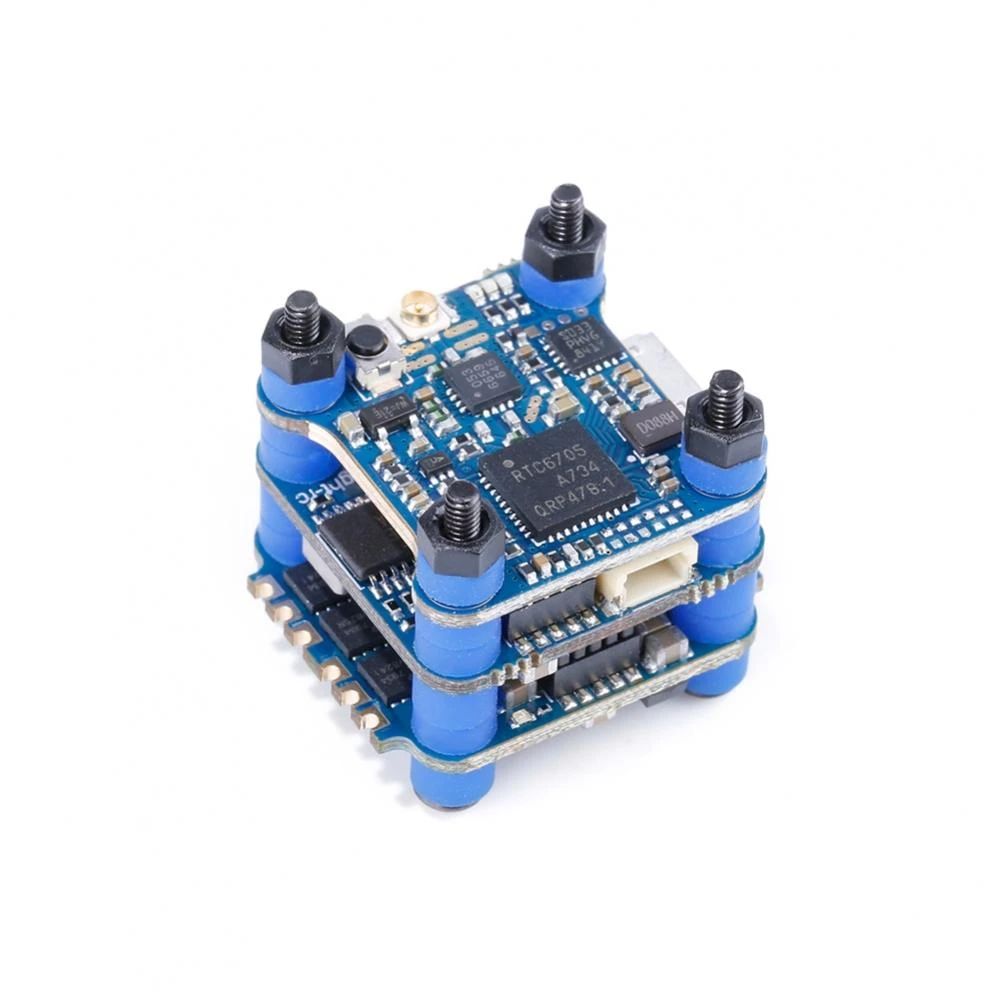
Flight Controller: Features a high-performance racing IMU for improved stability and control at high speeds.
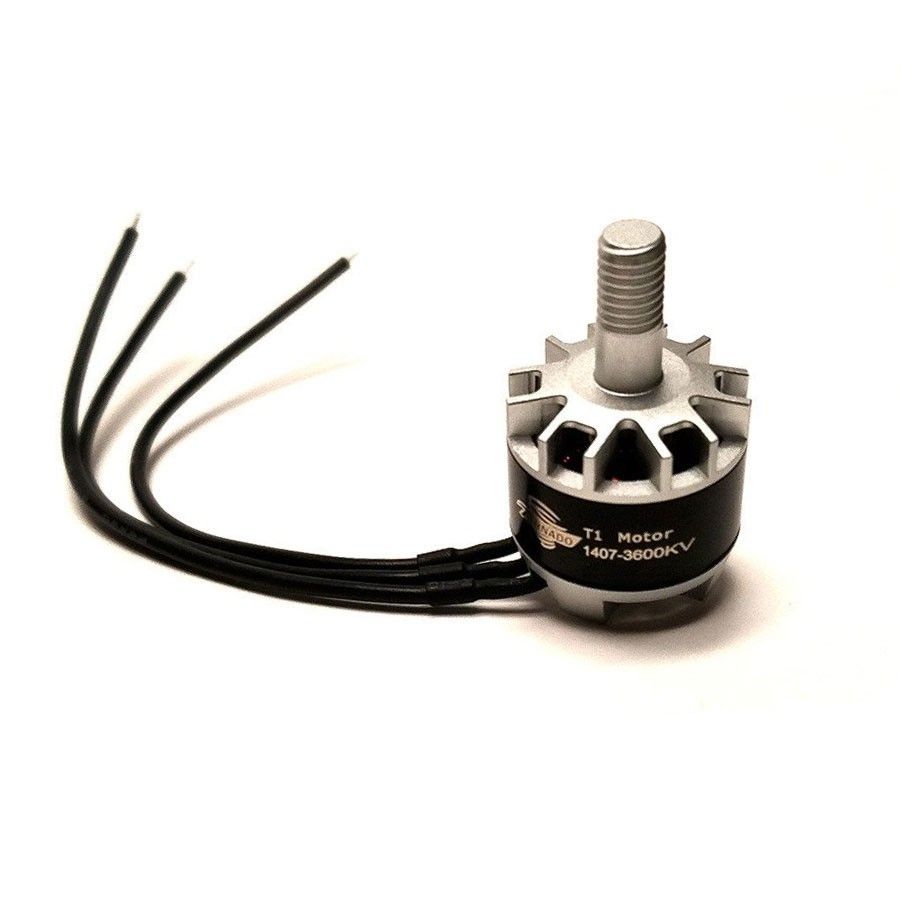
Motors: Brotherhobby Tornado T1 1407 motors were selected for their high RPM and reliability.
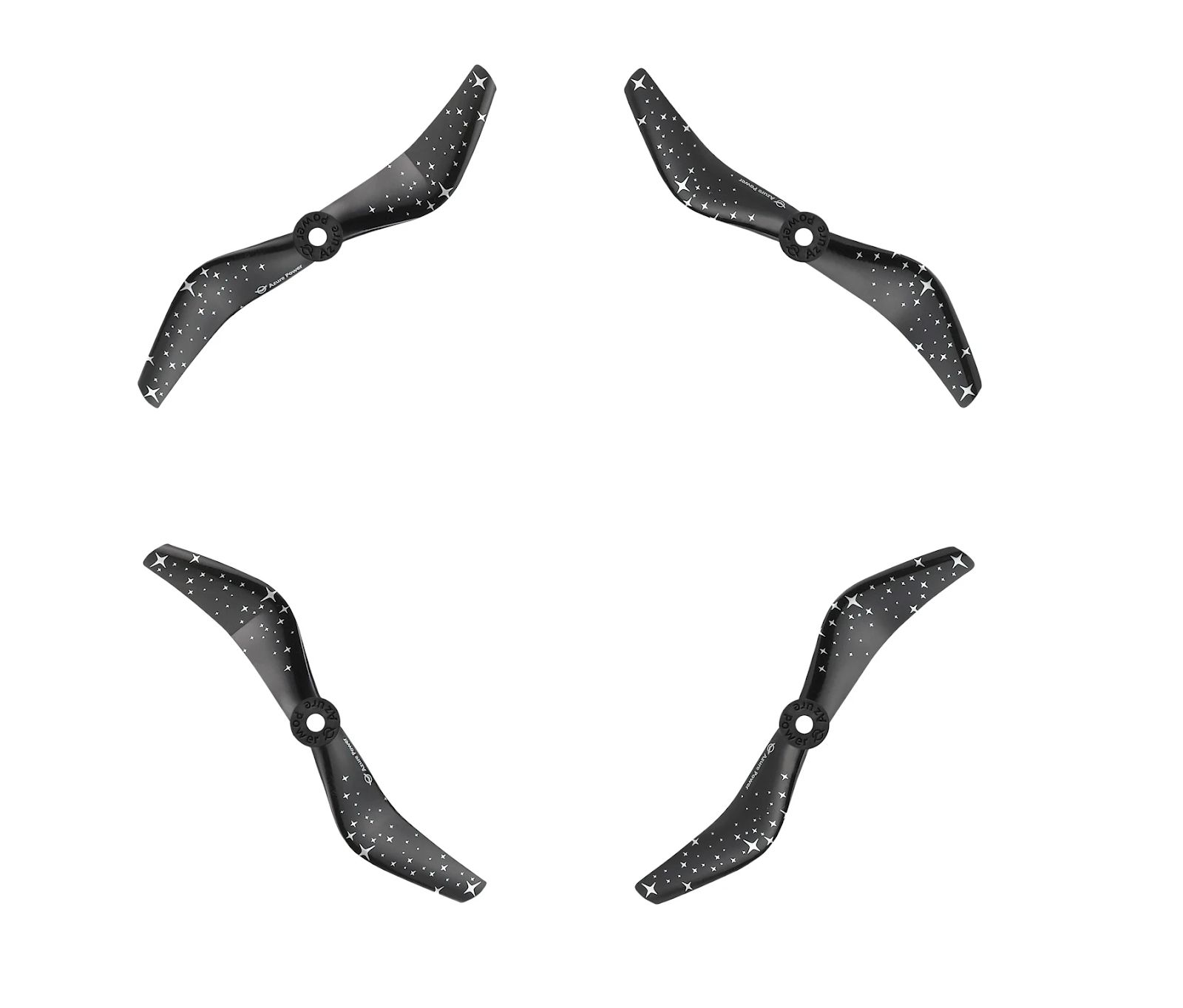
Propellers: Azurapower 5050 series propellers offer optimal thrust and quick acceleration.
CAD Design

CAD View 2: Highlights the redesigned chassis and static arms for weight reduction.

CAD Profile: Showcases the drone's aerodynamic improvements.
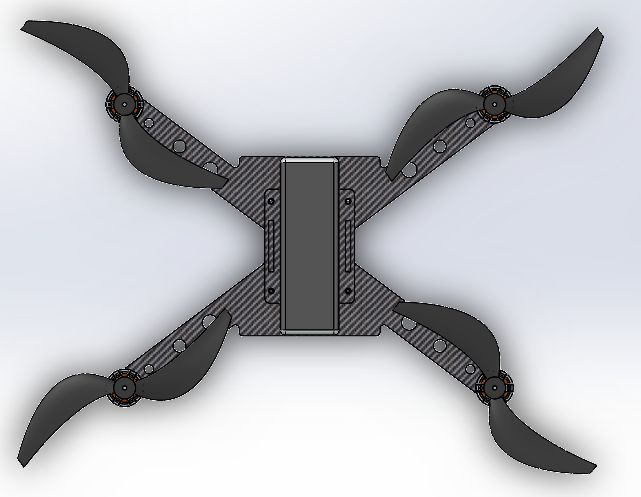
CAD Top View: Displays the compact and efficient component arrangement.
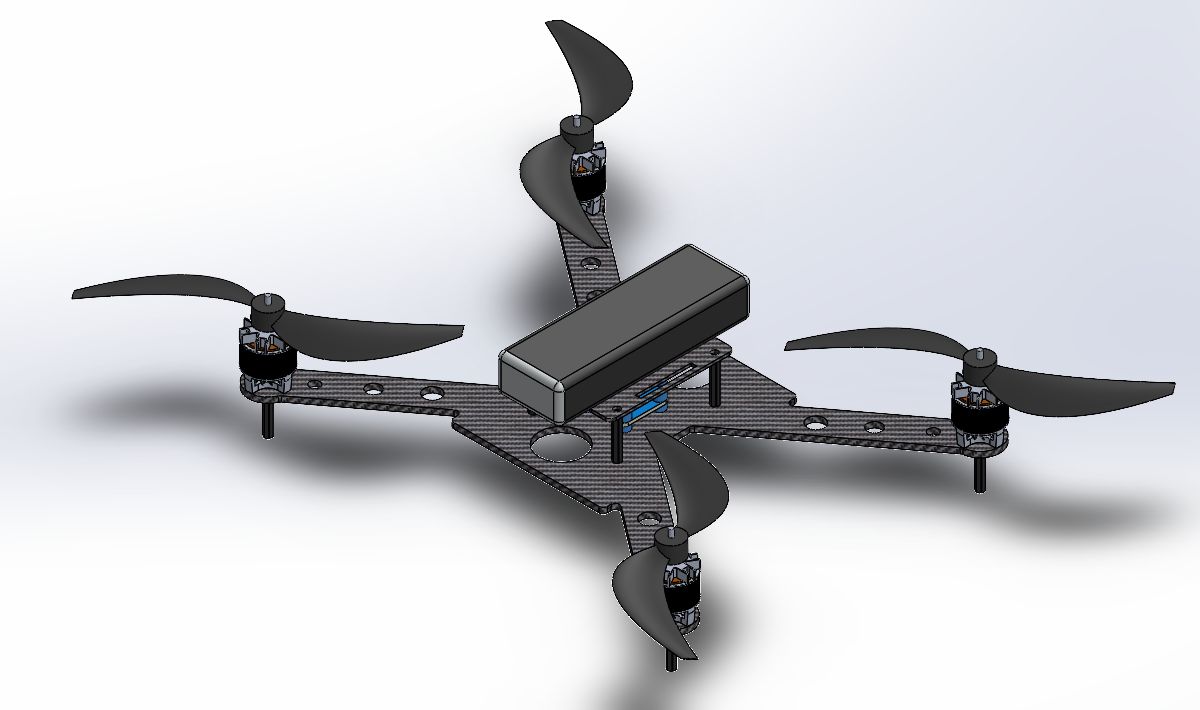
CAD Overview: Provides an isometric view of the final design.
Conclusion
The project successfully transformed the DJI Mini Mavic drone into a high-speed racer with improved aerodynamics, control performance, and lightweight construction. The final design achieved a top speed of 42 mph while adhering to the 250g weight limit. This project demonstrates the importance of balancing performance improvements with weight constraints for competitive racing drones.
Tools and Skills Used
- CFD Simulations for aerodynamic analysis
- Control Algorithm Calibration for improved maneuverability
- Aerodynamic Surface Optimization to reduce drag
- Flight Performance Testing for real-world validation
Learn More
If you’re interested in diving deeper into this project, feel free to explore the following resources: